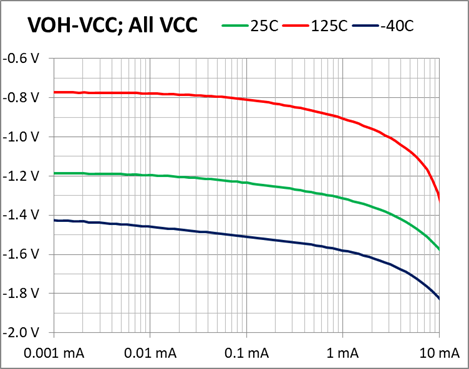Hi Team,
Sorry to bother you.
We use LM358 to do comparator application (V+ 5VSB and V- GND). Currently, the measured result on pin7 is 3.72V.
As we can see from datasheet, it define the minimum voltage range of Voh is Vcc-1.5V, but we can’t find the data of maximum voltage range.
We have two questions as below, may I have your comment? Thanks for your help and time.
- Per my understanding, the output voltage range on pin7 is 3.5V~5V, am I correct?
- May I know how to get a stable output voltage on pin7?
Yours Faithfully
Redick Lee



